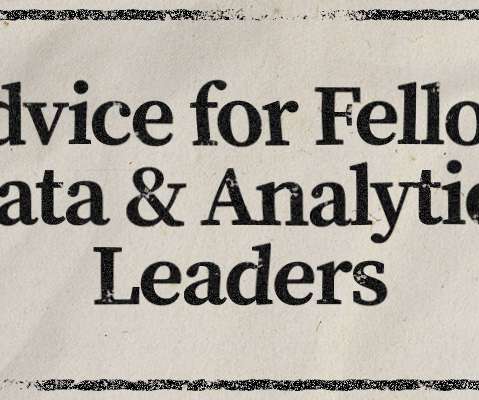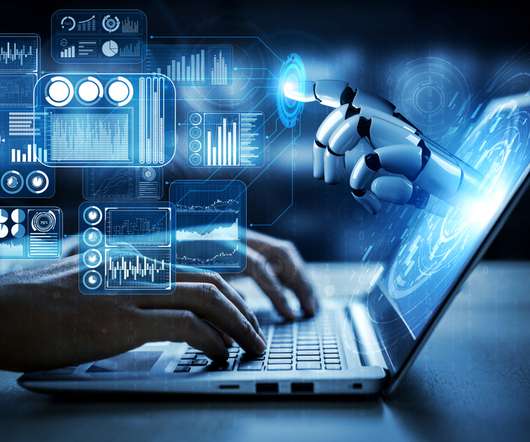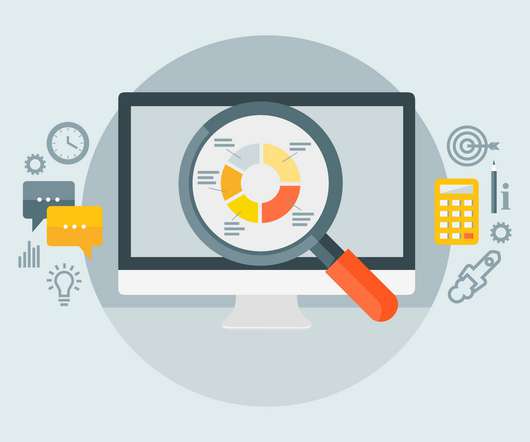Analytics Insights and Careers at the Speed of Data
Rocket-Powered Data Science
MARCH 19, 2021
trillion by 2030. trillion by 2030.”. In dynamic data-driven applications, automation of the essential processes (in this case, data triage, insights discovery, and analytics delivery) can give a power boost to ride that tidal wave of fast-moving data streams.














Let's personalize your content